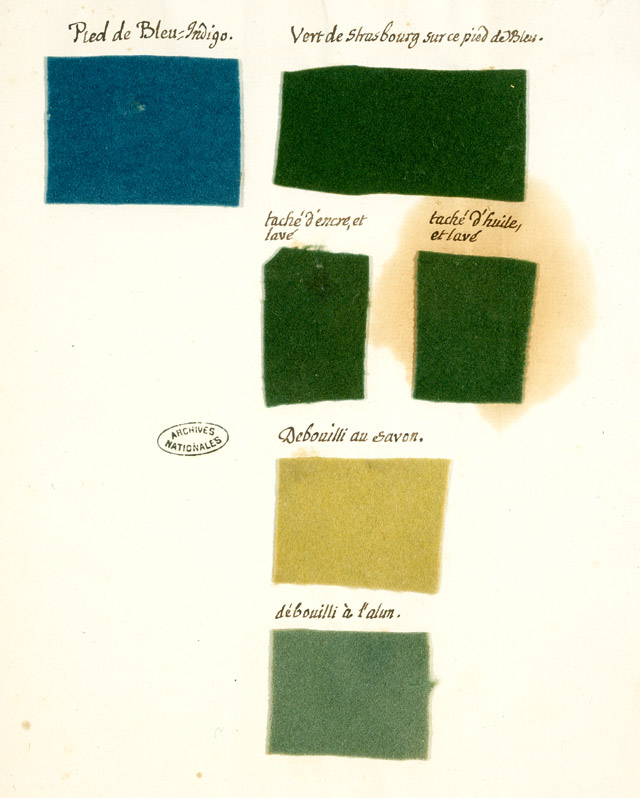Why is Light Blue Called “sax”?
The tradition of calling light blue lolita clothing “sax” is a long one. References to the color are seen online fairly early in lolita history.
On the metamorphose website, in the year 2000, Meta was using English color names and section headers with otherwise Japanese text. A cherry print dress sold during that time was listed like this:
product name:
チェリィワンピース
price:
16,800円
color:
Red、Blue、Yellow、Pink、LightBlue
Note the use of “LightBlue”.
And, in 2001, Meta was still simply using “blue” where we would traditionally expect to see “sax”
Baby the stars shine bright was selling a skirt with a built in petticoat in 2000, which they described as blue x offwhite (ブルー×オフ白レース), not specifically “sax”
But early in 2001, they released a headdress which they described as “サックス”, romanized directly, it’s “Sakkusu”.
Now, google translate, often translates that to Saxaphone, or Sax for short, which isn’t exactly wrong. サックス (sax) is an abbreviation for サクソフォン (saxaphone). However, Japanese lolita brands like to “cut” color names into shorter versions, maybe to save space, maybe because it’s cute… I don’t know really. All I know is that they do it. And サックス is also the short form of サックスブルー (Saxe Blue).
So what is Saxe Blue?

Saxe Blue, or more commonly, Saxon Blue along with Saxon Green were dyes that were invented by the Barth family around the 1740s in Saxony, a state in Germany. The color was called sachsisches Blau in german and later, in french, sans pareille de Saxe. It is created from indigo, using a special process. Surprisingly, Saxon Blue is not at all what we think of when we think of sax blue lolita. It’s really bright!
If you are interested in learning more about the history and intrigue of dye making, The Creation of Color in 18th Century Europe is a great resource.
According to google books NGram Viewer, Saxe Blue really starts popping up in books around 1900, and the alternate spelling, Saxon Blue also sees hits around 1913 and on, as well as some earlier mentions around 1784, as one might expect, given that the dye had jut been invented about 40 years before that, and the process was being written down and explained.
So, from that, we can postulate that the color may have seen some popularity, or at least the history of the color may have seen some popularity in books around the early 1900s, which, we know was also a time that influenced lolita fashion.
How the color name specifically ended up in getting adopted by lolita brands, and who or what started that trend, however, remains a bit of a mystery. While Baby and Meta were used above as references, it’s simply because they have content in the wayback machine that pre-dates their adoption of “sax” as a color name. Other brands also were using Sax at relatively the same time, like here is an example from Heart-E from 2002 and Angelic Pretty, also from 2002, I just don’t have older content in the wayback machine to reference for those brands.
This is the educational content that we all need! I always thought that pastel blue was way too light for what I’d imagined Saxon Blue to be, so it’s interesting to see how my suspicions were (historically) right.